Beast Video Production & Creative Video Agency
Try Beast if you are looking for the best video production company London UK.
NARRATER SCRIPT
Introduction
The Jamaican love affair with Clarks is a passionate one, beginning all the way back in the 1960’s . Carved into the Jamaican culture, Clarks are celebrated in reggae music, and adorned by almost everybody on the island from school children, to doctors to the fashionable elite. But how did this family made shoe from a small town in Somerset, achieve its cult status with Jamaicans(on this Small Carrabean island?).
Back in England during the mid 60’s the Mod’s had claimed the Desert boot as part of their dress code , but for the rest of the nation, Clarks meant Saturday morning’s getting your feet measured and fitted into a shoe your mum was forcing you to wear. I can still recall my width being an H ….”very wide" the sales clerk would comment.(archive forage of Clarks in the 60’s 70’s England)
However, in Jamaica the Clarks being cleaned with toothbrushes, and kept in the freezer to stay ‘fresh’ were not your ‘ordinary’ Clarks. They were ‘The Clarks Originals’.
Including styles such as the ‘Bank Robber’, the ‘Wallabee’ and the ‘L Stitch’. But it was the Desert boot….. soon to become referred to as “The Rebel Shoe” that was King.
Subculture Stories: The Rebel Shoe
Title: Clarks in the beginning
In 1825 Cyrus Clark, left his Quaker farming life behind him and established the Clarks company. In these early days the business was one specialising in sheepskin rug-making, and it wouldn't be until 1828, with the arrival of his younger brother James that saw the business change into the shoe brand we know today.
The next 70 years would see this small family business grow significantly and by 1897 the factory was producing nearly 800’000 pairs of shoes.
By the late 1920’s Kings Street in Kingston had well established itself as the ‘fashion’ capital of the Island. Nathan and Co Ltd, was one of the main department stores importing Clarks and having great success with sales, however it was mainly just women’s and children’s shoes for sale at this time.
By 1940 the Clarks brand was beginning to market its products, and with their sales success in the West Indies they started to create advertisement’s aimed directly at the Jamaican press. (show ad’s)The Clarks brand name was becoming a trusted staple.
These adverts continued through the second world war, even though Clarks were heavily engaged in making military footwear for both male and female service’s. Their production capability was huge, and their focus on the Carribean market un compromised.
The desert boot was now waiting in the wings…..and its creator Mr Nathan Clark found his inspiration in the most unexpected of places.
The great grandson of company founder James Clark, Nathan was posted out to Burma during the second world war, and it was here where he started to send rough patterns back, The Desert Boot being one of them.
Unfortunately when Nathan returned fromthe war, the production of the Desert Boot still hadn’t begun. Frustrated at this, in 1949 he took his designs to America where a new Clarks division was about to be established.
The design was finally in production, and The Desert Boot had arrived, but not quite as we know it yet.
In the US the style took off, but in the West Indies it didn't catch on. Interestingly the Carribean man was wearing a more pointed shape shoe, and so the desert boot was taken back to the factory. Replacing the 220 ‘last with the 090 last (graphic images of lasts here) They altered toe shape, extending it and gentrifying it, and it worked. By 1961 (check that date) The Desert Boot had LANDED. (Music up)
The Desert Boot
Popularity for the Desert Boot was skyrocketing, and with Jamaican musicians also embrassing the shoe not just in their their influence was substantial……a new street style was born.
So how did The Desert Boot, created by what was seen as an upmarket English shoe company, become newly labelled as “The rebel Shoe”
It seems there were a number of things that were happening socially politically and culturally in 60’s Jamaica that helped steer the Desert Boot into the arms of the “Rude Boy”
Jamaica achieved independence from British Rule, reggae music and the sound of the dancehall had people standing up and paying attention especially in London. Even punks, and the likes of Jonny Rotten were welcoming artists to collaborate with artists such as Big Youth.
But the class divide was getting worse not better, and sadly many youth’s were starting to become alientated from the ‘system’. Music, along with their sense of style, became a way to enforce their own identity, and views. Which quickly became labelled as “Rude”.
Style was everything to the Rude Boys, and like the Mod’s back in England the desert boot became part of their signature.
The Rude Boy uniform was specific. It was sharp and neat. They loved labels associated with quality and with England too. A sharp suit, arrow shirt, and trilby hats finished off with a desert boot made a real statement.
Clarks were now selling out by the 100’s every week from shops in Kings street like La Parisienne.
(Archive footage)
In the early to mid 60’s (whats the date on this) the Jamaican government started to tighten the regulations on imports. Their aim was to encourage local shoe production, but this only made people want Clarks more.
Clarks Fever had taken Jamaica by storm.
The import bans only worsened and the demand for Clarks only increased – andthis paved the way for “The higgler”.
The influencial exchanges between music and style is demonstrated perfectly through the early Higgler. They werenaturally people working in the music industry. Reggae artists and music producers began travelling to London at this time, invited by record labels and promoters who were excited to bring this new reggae and dancehall sound to the UK. Once they had been paid, their next stop was Street, the small village near Glastonbury and the home to the Clarks factory and Outlet store.
So why did people love the desert boot so much?
Clarks in the Lyrics
The desert boot also adopted the name“Clarks Booty”
This phrase was embraced by musicians and has been sung about in songs by the likes of Little John…..(Play Clarks Booty Track)
The love affair with musicians and Clarks spans decades, from the 1950’s…….right up to date.Some of the biggest tracks have included…Ranking Joe 1980 “Clarks Booty Style”DJ Trinity “Clarks shoe skank’ in 1980
In 2010, the monster track by Vybz Kartel and Popcaan simply titled ‘Clarks’, saluted the brand yet again,and most recently only last year ‘Clarks Pon Foot’was released by Jahvilliani…. Showing no decline for the love the youthin Jamaica have for the brand today.
(DJ Trinity – talks about why musicians love Clarks”)
People and their Clarks
Clarks were very much part of a man’s attire back in the day, but in modern day Jamaica that is no longer the case. Women have adopted the style and are making it their own.
Jamaicans love affair with Clarks runs deep. No longer just a fashion statement, Clarks are now a cultural phenomenon, embedded deep in the islands roots and history. And now, Jamaicans are owning their rightful place as being fundamental in the Global success of the Clarks brand today.
The desert boot was strong, versatile and comfortable. But it was expensive and that meant that most people could only afford one pair, so Jamaicans learnt to take care of their Clarks…..
And of course no other brand of shoe hails the ‘cheese bottom….’
Dancehalls:
By the late 60’s Rude Boys were beginning to become targeted by police for simply wearing a pair of Clarks. The thinking being…… how could these ghetto kids afford such an expensive shoe…..?
After independence in 1962 the political climate was changing, and tensions on the streets continued to rise.The music culture was evolving too, and the era of the sound system was now emerging.
With the sound system came ‘selectors’ or Dj’s,accompanied by MC’s on the mic
Dancehall had arrived.
Dancehall music emerged as a spin off from reggae music, and this DJ-led sound system culture was booming by the early 70’s.
One of the most fashionable places to party in the 70’swas Skateland in Portmore, on the outskirts of Kingston.
A mecca for the emerging selectors like DJ Trinity…. it was here that one of the most infamous raids took place….
The stigma attached to wearing a pair of Clarks pans decades, but people are so passionate about the shoe that they will wear them no matter what….
The Community:
Clarks has always been an aspirational shoe in Jamaica. Its something that people work towards owning since they were kids. Most people can recall the day when they bought their first pair, and many still own that first pair.
But many people in Jamaica cannot afford the luxury, and its still common to see people in bare feet, or broken shoes.
Many communities in Jamaicastill suffer from poverty, and the knock on effect to children is a painful challenge.
Many suffer from nutritional problems, behavoral issues and simple boredom.
Today Jamaican artists are using their music to make a difference in these communities.
Artists such as Protoje and Lila Ike spend time in schools, meeting the children and using their music to inspire them.
Music is undoubtedly at the heart of this island in the Carrebean. Its what knits communities together.
Clarks also has a similar effect, its cultural influence is growing, and now young creative’s are using this universal adoration for positive change.
Clarks has always been a male accessory in Jamaica, but that too is changing……..and ‘The Rebel shoe’ is now taking on new meaning as it find itself on the feet on young, strong creative women.
PRIDE
Its clear that Jamaicans need to take full credit for where Clarks originals sit today within style and culture.
The global reach of Jamaican culture and music across the globe is unquestionable, and with it they take their unique style, and the Clarks name.
Jamaica, we owe you one!





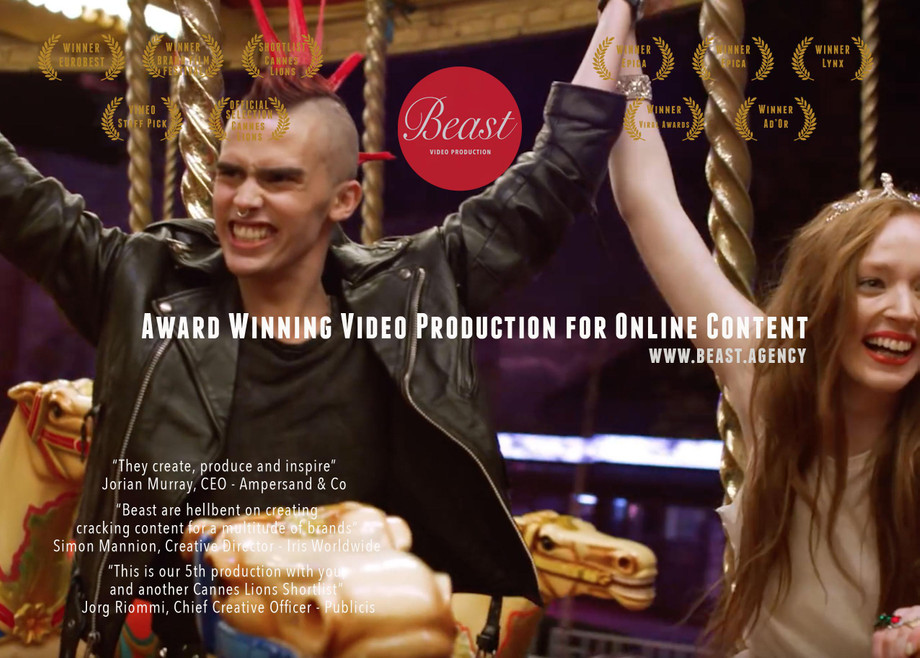
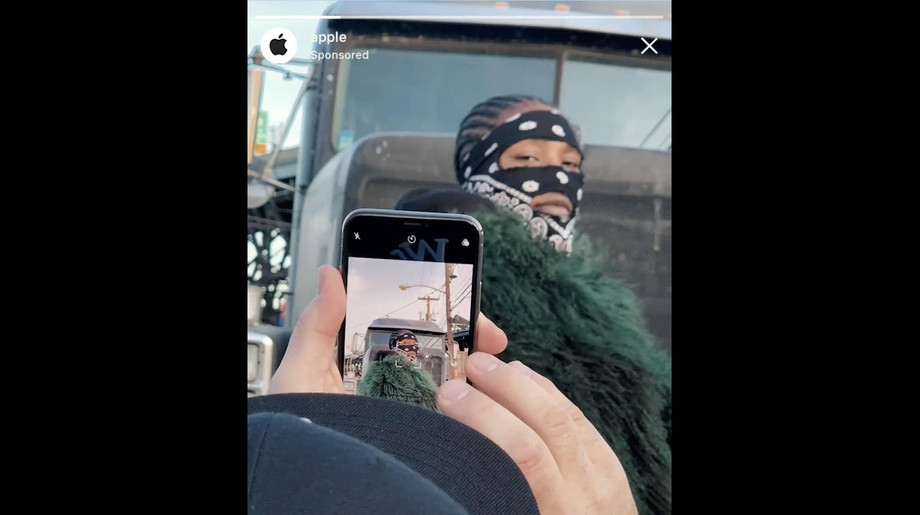
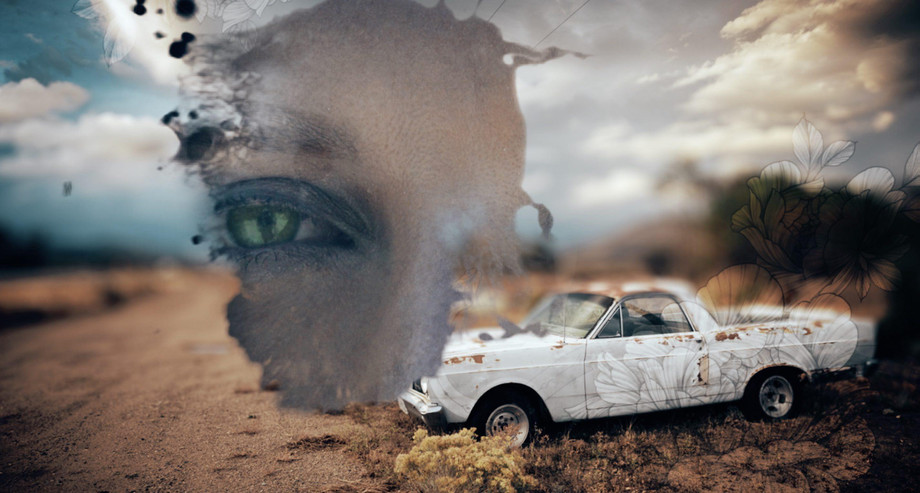
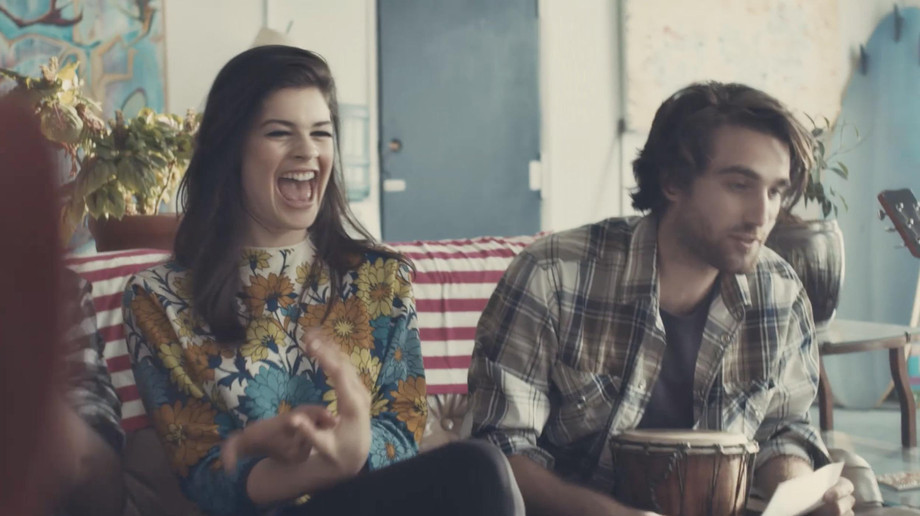


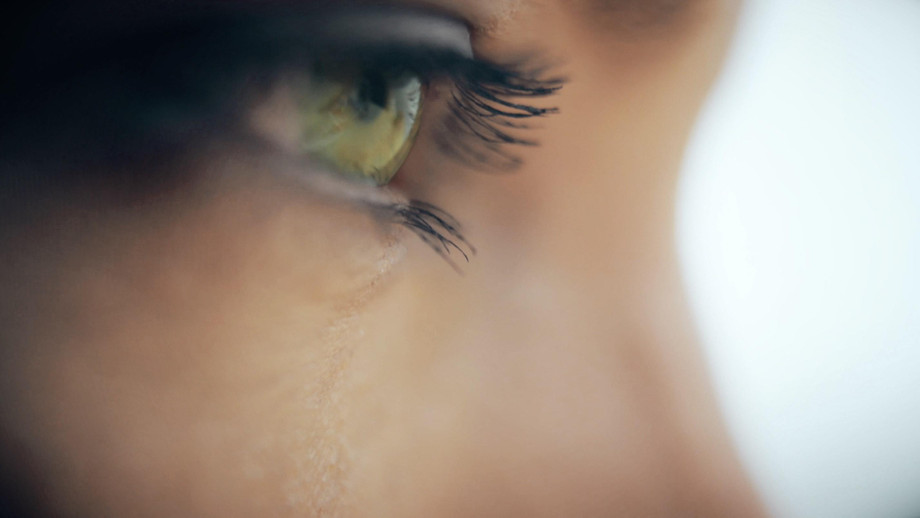
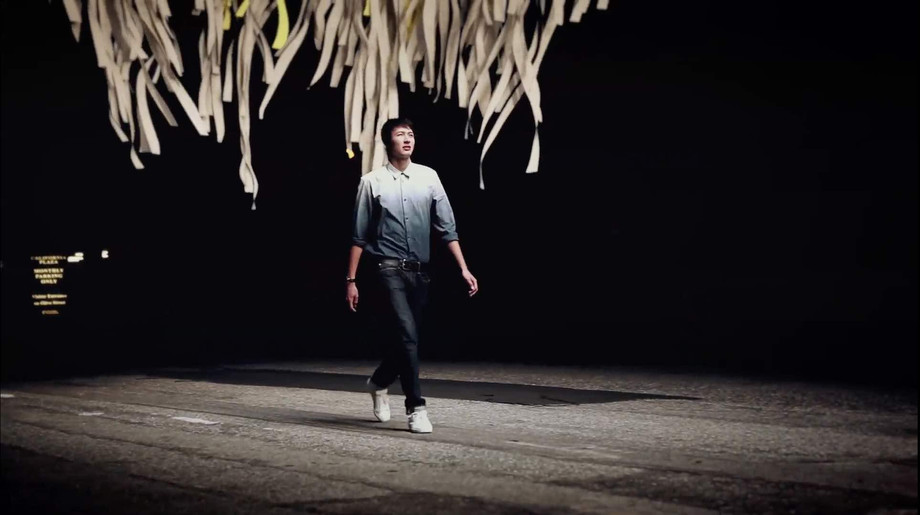
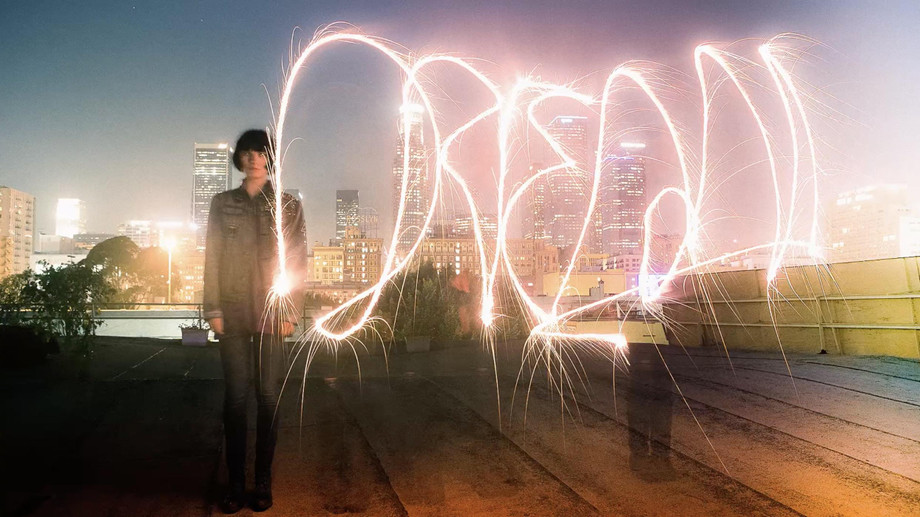
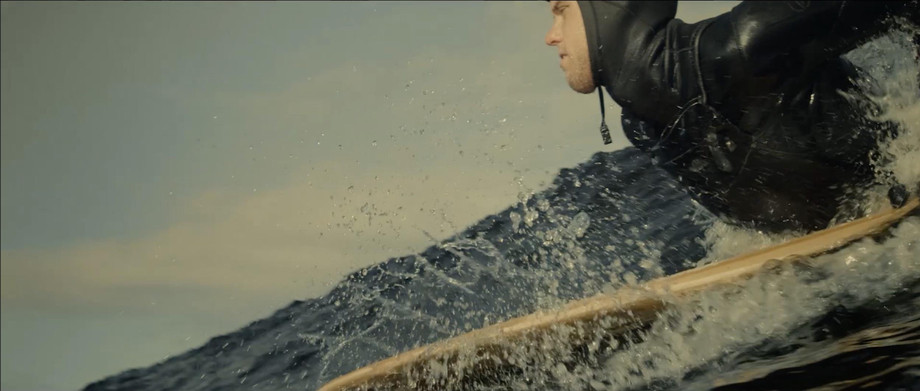

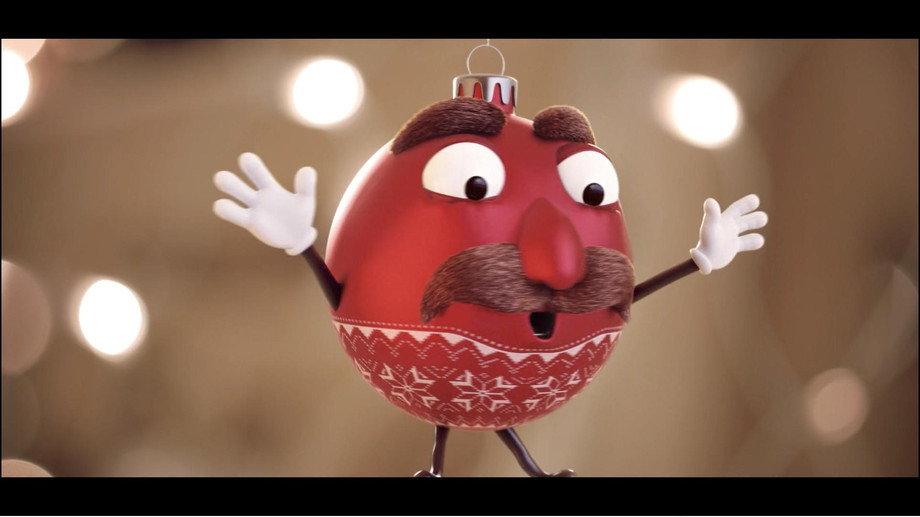
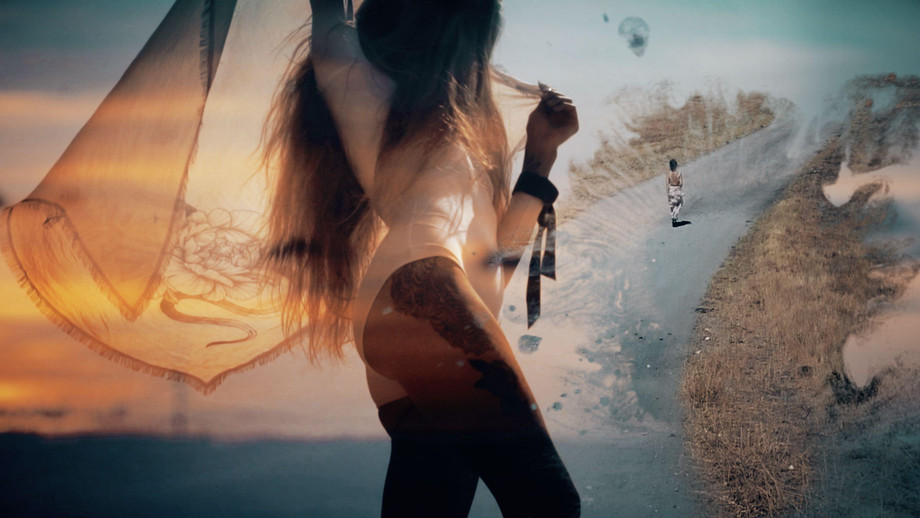

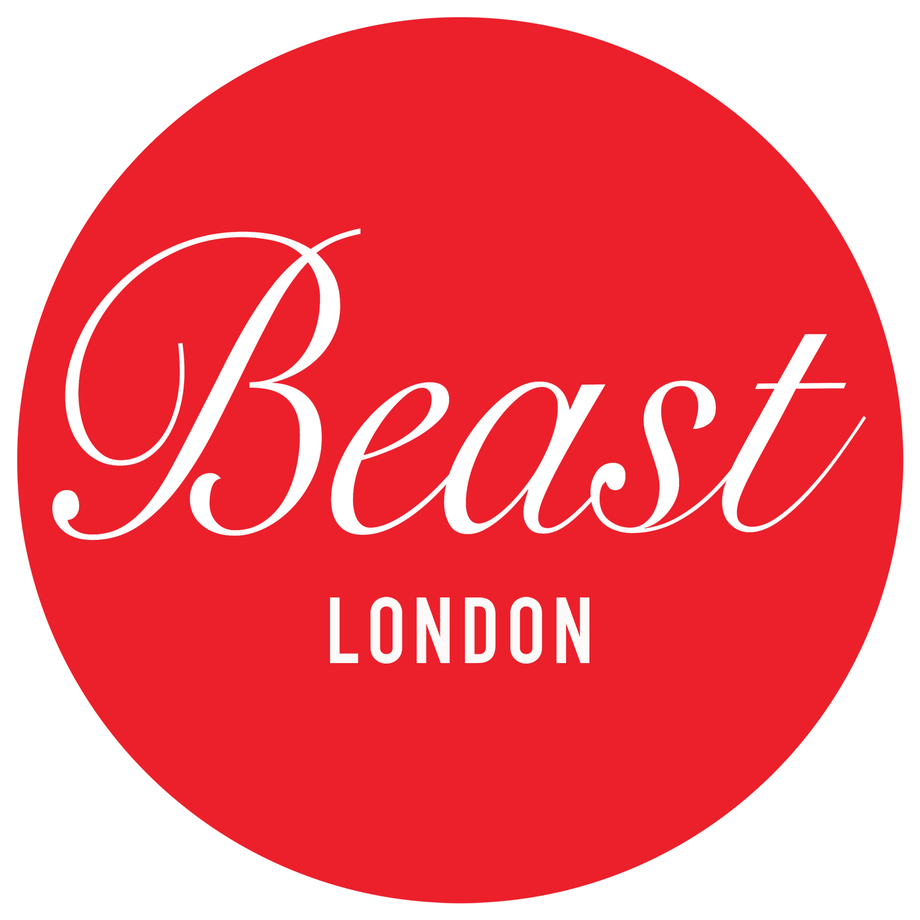
Comments